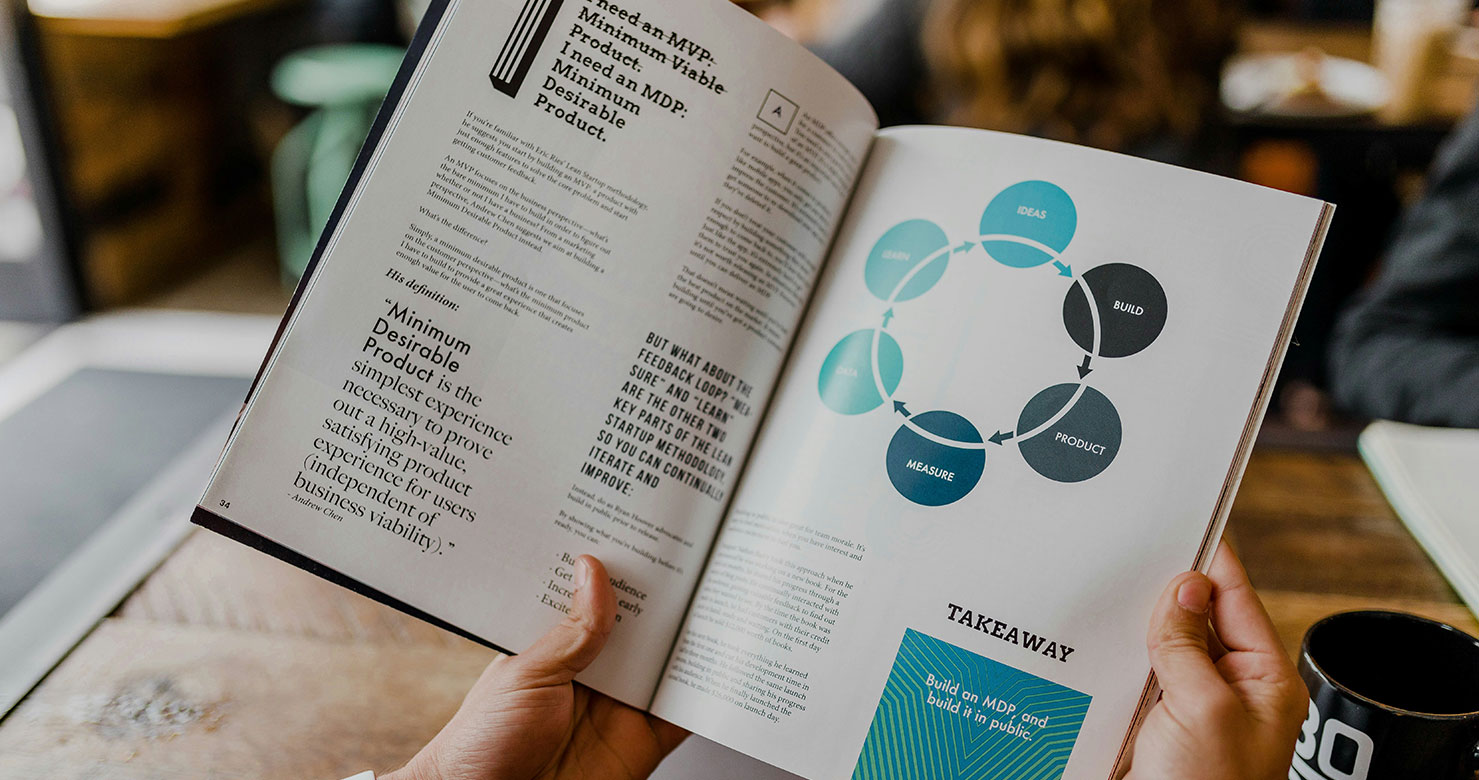
In the fast-paced world of product development, building a Minimum Viable Product (MVP) is a proven strategy to validate ideas, minimize risks, and accelerate time to market. But an MVP isn’t just a stripped-down version of your final product—it’s a focused effort to deliver real value to your customers while testing your core assumptions. A successful MVP not only proves the viability of your idea but also provides insights that guide future development. In this blog post, we’ll explore how to build an MVP that truly resonates with your target audience and lays the foundation for long-term success.
What Is an MVP?
An MVP is the simplest version of a product that allows you to test your value proposition with real users. It includes only the core features necessary to address the primary problem or need of your target audience. The goal is to learn as much as possible about your customers with the least amount of effort and resources.
By focusing on delivering real customer value, an MVP helps you validate assumptions, gather feedback, and iterate quickly without investing heavily in a fully-fledged product that may not meet market demands.
Steps to Build an MVP That Delivers Real Customer Value
1. Identify the Problem You’re Solving
Every great product starts with a problem. The first step in building an MVP is understanding the pain points your target audience faces and how your product will address them.
- Conduct Customer Research: Talk to potential users, conduct surveys, and analyze existing data to understand their challenges.
- Define the Problem Statement: Clearly articulate the problem you aim to solve. This will guide your MVP development and ensure you stay focused on delivering value.
Example: Instead of building a complete ride-sharing app, Uber’s early MVP focused solely on connecting drivers with passengers in a limited area to address the problem of transportation convenience.
2. Define Your Core Value Proposition
Your core value proposition is the unique benefit your product offers. For an MVP, this should be boiled down to the most essential feature or functionality that addresses the problem.
- Ask Yourself: What is the one thing my product must do to solve the customer’s problem?
- Keep It Simple: Avoid the temptation to include additional features or bells and whistles. The more focused your MVP, the easier it will be to test and refine.
Example: Instagram’s MVP focused on photo sharing with filters, which was its unique value proposition, before expanding into other features.
3. Prioritize Features for the MVP
Not all features are created equal, and in an MVP, less is more. Use a prioritization framework to determine which features are critical for your MVP and which can wait for future iterations.
- Must-Have vs. Nice-to-Have: Focus on features that directly support your core value proposition.
- Use the MoSCoW Framework: Categorize features into Must-haves, Should-haves, Could-haves, and Won’t-haves.
- Customer Journey Mapping: Map out the customer journey to identify touchpoints where the MVP needs to excel.
Tip: Remember, the MVP is not the final product—it’s a starting point to test and learn.
4. Build a Prototype First
Before developing the MVP, create a prototype to visualize and validate your idea. A prototype is a low-cost way to gather feedback and make improvements before committing resources to development.
- Wireframes and Mockups: Use tools like Figma or Sketch to create visual representations of your product.
- Interactive Prototypes: Tools like InVision can create clickable prototypes that simulate the user experience.
Example: Zappos started as an MVP by creating a simple website and manually fulfilling shoe orders, proving the demand before building a full-scale e-commerce platform.
5. Develop the MVP with a Lean Approach
Once you’ve validated your prototype, it’s time to build the MVP. Keep the development process lean to minimize time and cost.
- Agile Methodology: Use Agile practices to develop the MVP iteratively, allowing for quick adjustments based on feedback.
- Focus on Usability: Ensure the MVP is easy to use and delivers a seamless experience, even if it’s limited in scope.
- Test as You Build: Incorporate testing throughout development to identify and address issues early.
6. Test with Real Users
An MVP is only valuable if it’s tested with actual users. Early feedback will help you identify what works, what doesn’t, and what needs improvement.
- Beta Testing: Release the MVP to a small group of users who represent your target audience.
- User Feedback: Collect qualitative and quantitative feedback through surveys, interviews, and analytics.
- Observe Behavior: Watch how users interact with the MVP to uncover insights that may not surface in feedback alone.
Tip: Be open to criticism—it’s better to identify issues early than after a full-scale launch.
7. Iterate and Improve
The true power of an MVP lies in its ability to inform the next steps. Use the feedback and data you’ve gathered to make informed decisions about what to improve, add, or remove.
- Identify Patterns: Look for recurring themes in user feedback to prioritize changes.
- Test New Ideas: Introduce small changes or new features and test their impact before fully implementing them.
- Plan the Roadmap: Use insights from the MVP to develop a clear roadmap for the product’s evolution.
Key Takeaways for Building a Customer-Centric MVP
- Focus on Solving a Problem: Ensure your MVP directly addresses a specific customer need or pain point.
- Keep It Simple: Avoid overloading your MVP with features; focus on the core value proposition.
- Engage with Real Users: Early and continuous feedback from real users is invaluable for refining your product.
- Iterate Quickly: Use data and feedback to make fast, incremental improvements.
- Stay Flexible: Be prepared to pivot if the MVP reveals unexpected insights about customer needs.
Building an MVP is not just about creating a functional product—it’s about creating a product that delivers real value to your customers while minimizing risks. By focusing on solving a core problem, engaging with users, and iterating based on feedback, you can build a product that resonates with your audience and sets the stage for future growth. Remember, the MVP is just the beginning. The lessons you learn from it will guide your journey toward a fully realized product that succeeds in the market.




